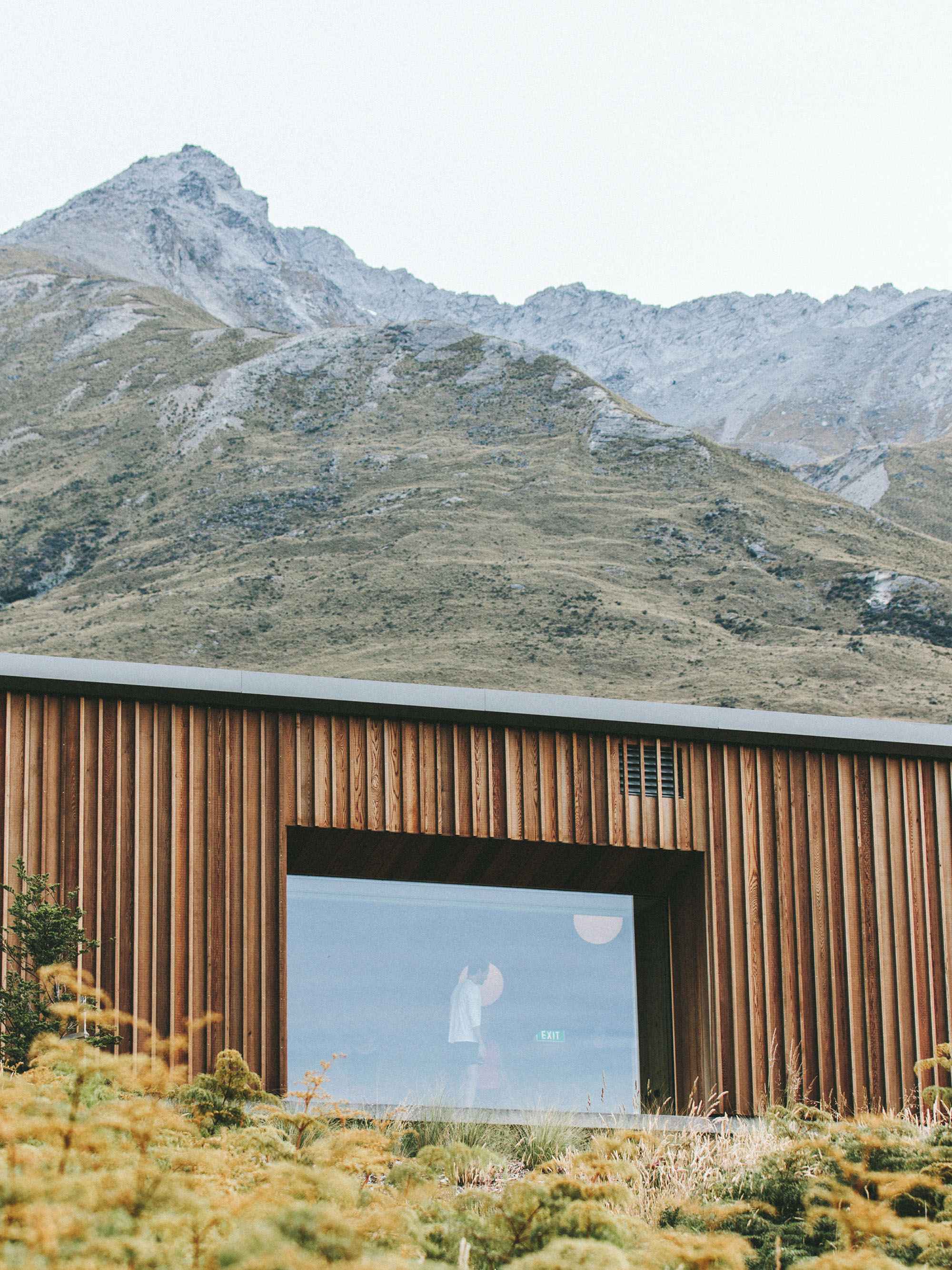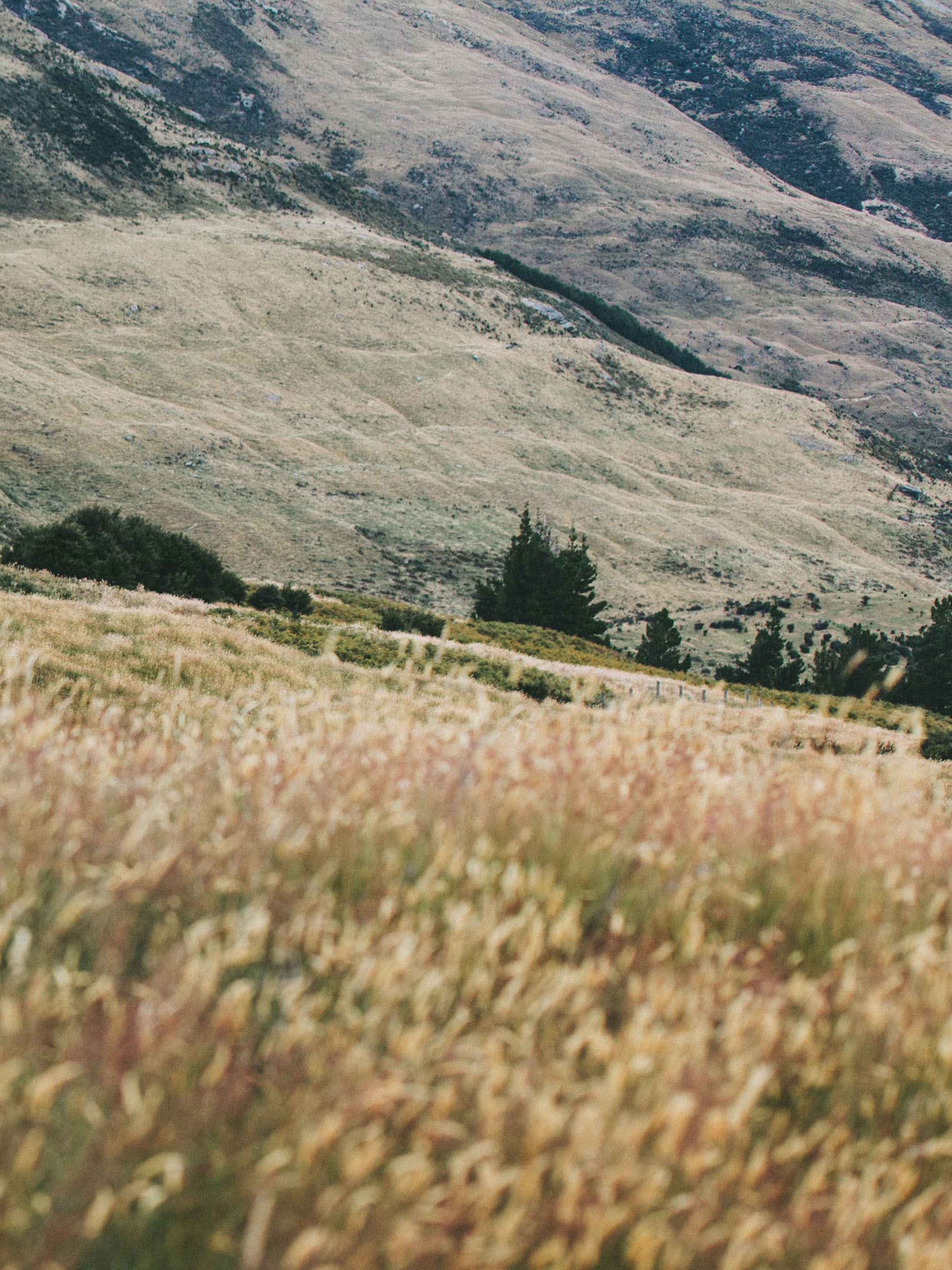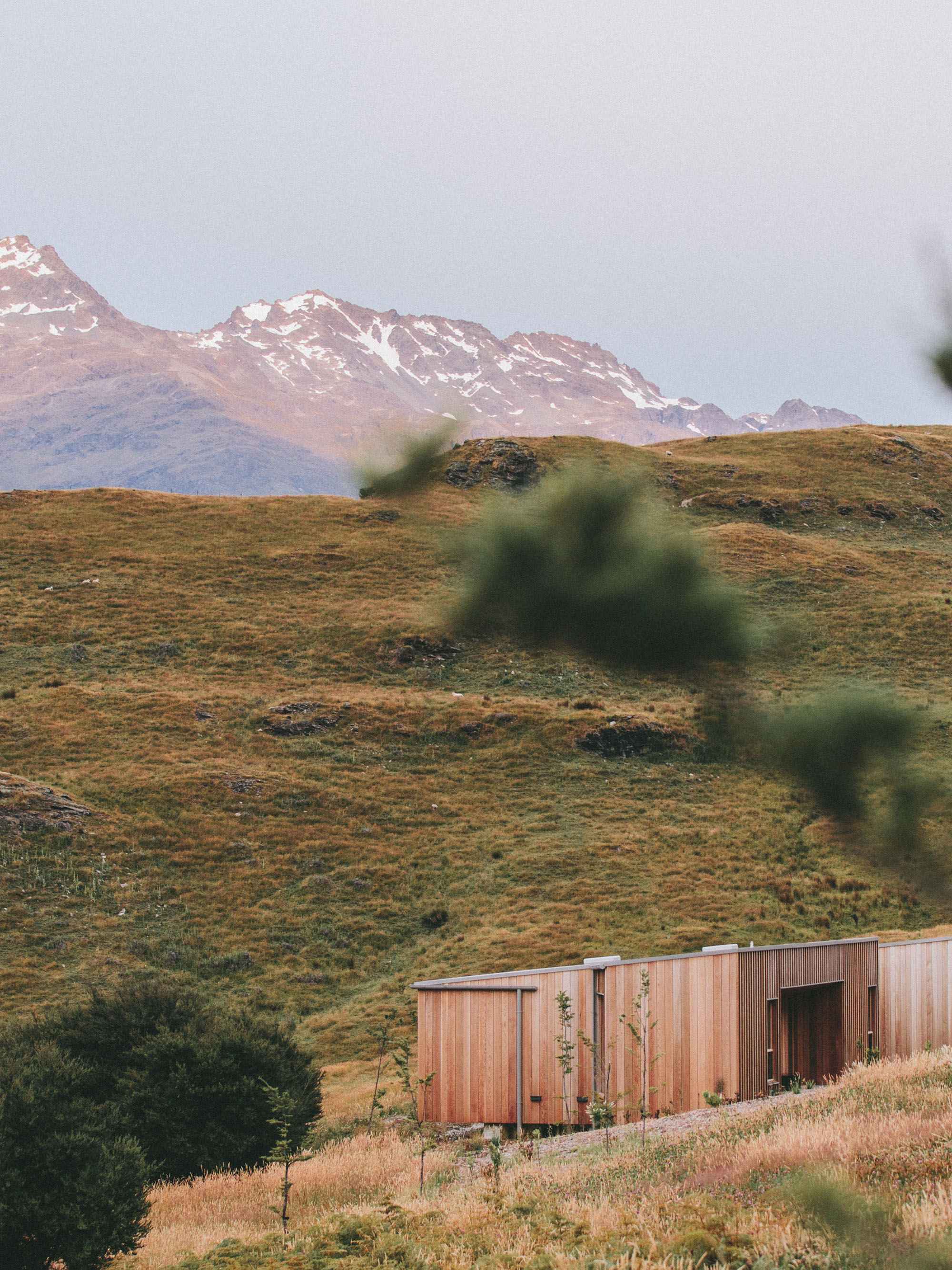ART170: Materials and Space (3D Foundations)
Colorado State University, Fall 2020 - Spring 2021 (five sections)
This course consisted of projects with various subject prompts combined with documentation of each final object and descriptive critique (versus prescriptive). Grades are assessed based on craft, composition, and synthesis.





LIGHT: Light is a fundamental tool for assessment of our environment. Effectively manipulating a form requires an understanding of how light interacts with the surface of objects as well as how it can be blocked, shaped, and cast across a surface. Outcome: design, produce, and document a series of cardboard forms that illustrate a sensitivity to surface, texture, scale, form, shadow, and craft. (Students start this prompt by producing a reasonably flawless 3.5” cardboard cube.)














MATERIAL: This project asks students to consider the opportunities and constraints of materiality as it relates to both art and design. Students are asked to solve unique problems inherent to the design of their own objects while exploring the scale, construction, and context of their forms. Students may also explore surface ornamentation as it relates to art and design. Outcome: design, produce, and document an object that illustrates a sensitivity to form, texture, scale, craft, construction, composition, and materiality. This assignment is aligned with a woodshop orientation and must incorporate skills, techniques, and tools introduced in the woodshop. Students are challenged to incorporate as much of their allotted plywood into the overall design of their piece as reasonably possible.











OBJECT: Objects and forms do not exist in isolation. Everything exists in space, both physically and conceptually. For this project, students design and build an object using multiples of a singular object. Special emphasis is placed on unique and interesting relationships between materials, tectonics, proportions, space, and the thoughtful recontextualization of the original object. Outcome: design, produce, and document an object made of “multiples” that challenges the audience’s perception of the object being used in multiple.



BODIES: This assignment challenges students to consider the contextual significance of objects, shapes, materials, colors, and light within familiar settings. Using a space that is readily available, students compose a photograph that captures a body in direct contact with another object or objects. Special attention is given to the typical context of the objects being used (Where do we typically find this object? Where does it come from? What is it made of? What kind of person/animal/thing might use this object? Do we have strong feelings about it? Are those feelings universally shared by all people? etc.) and how the student effectively manipulates that context using objects, materials, and environments in a compelling manner. Outcome: design, produce, and capture a photograph that observes interactions between bodies and objects.
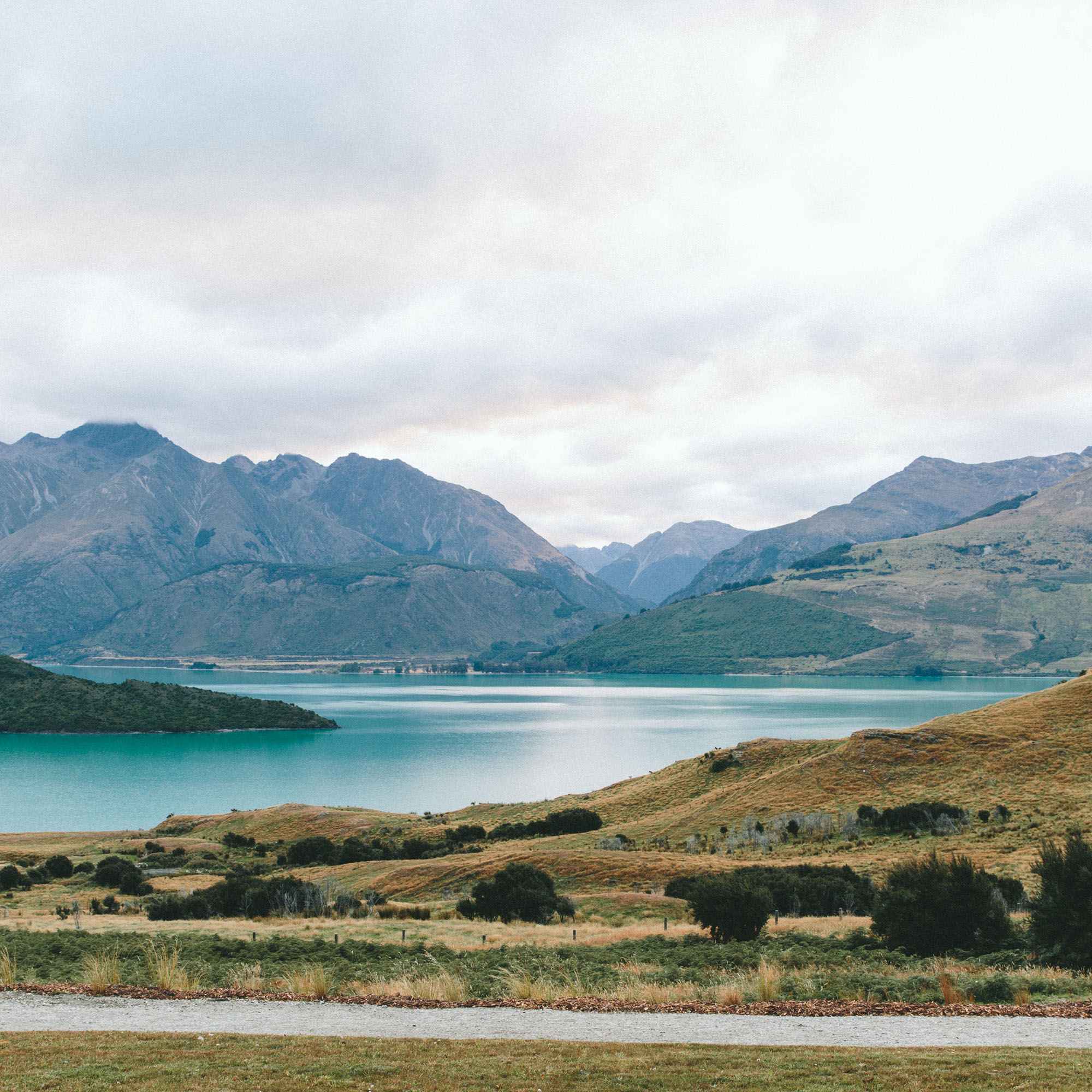
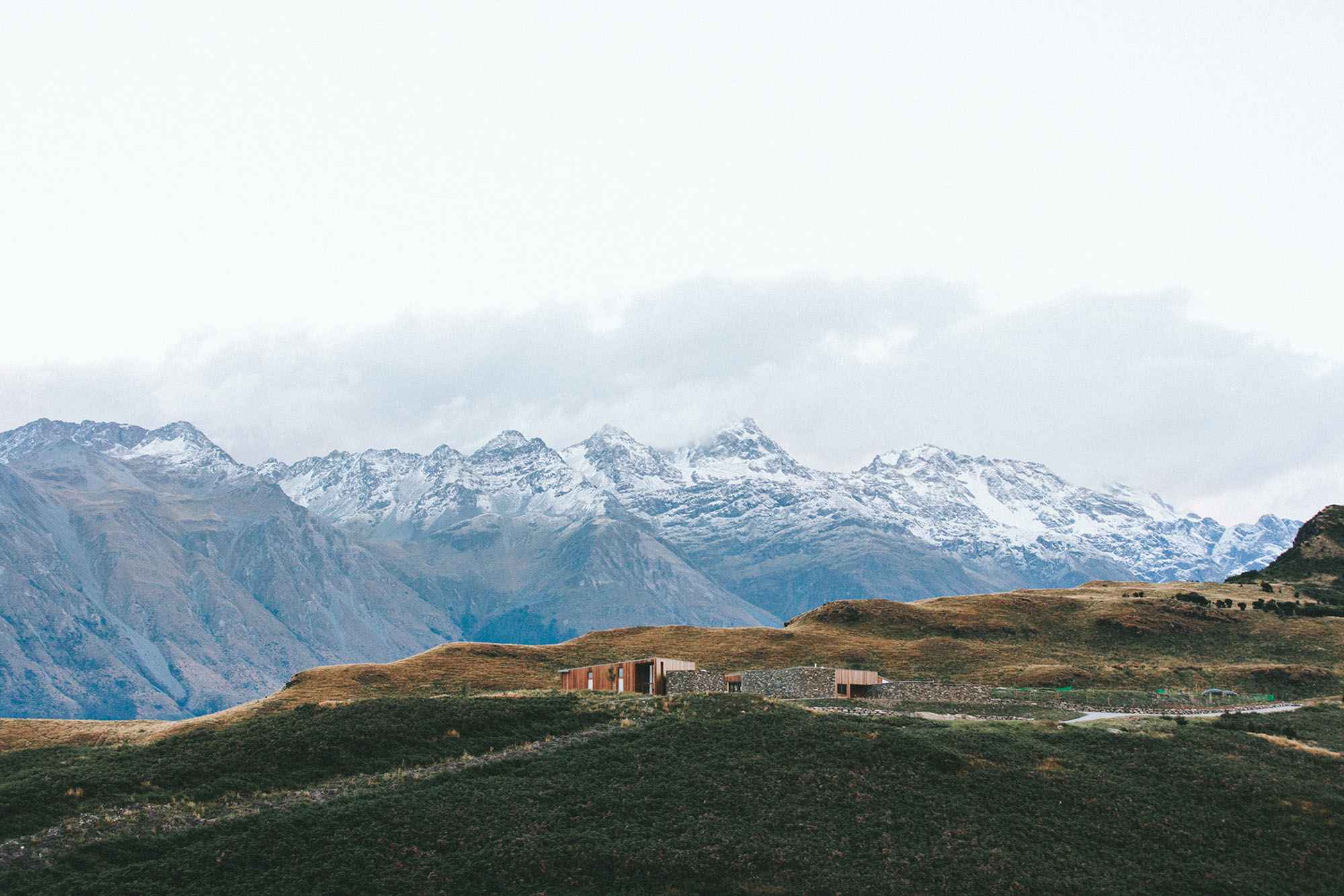
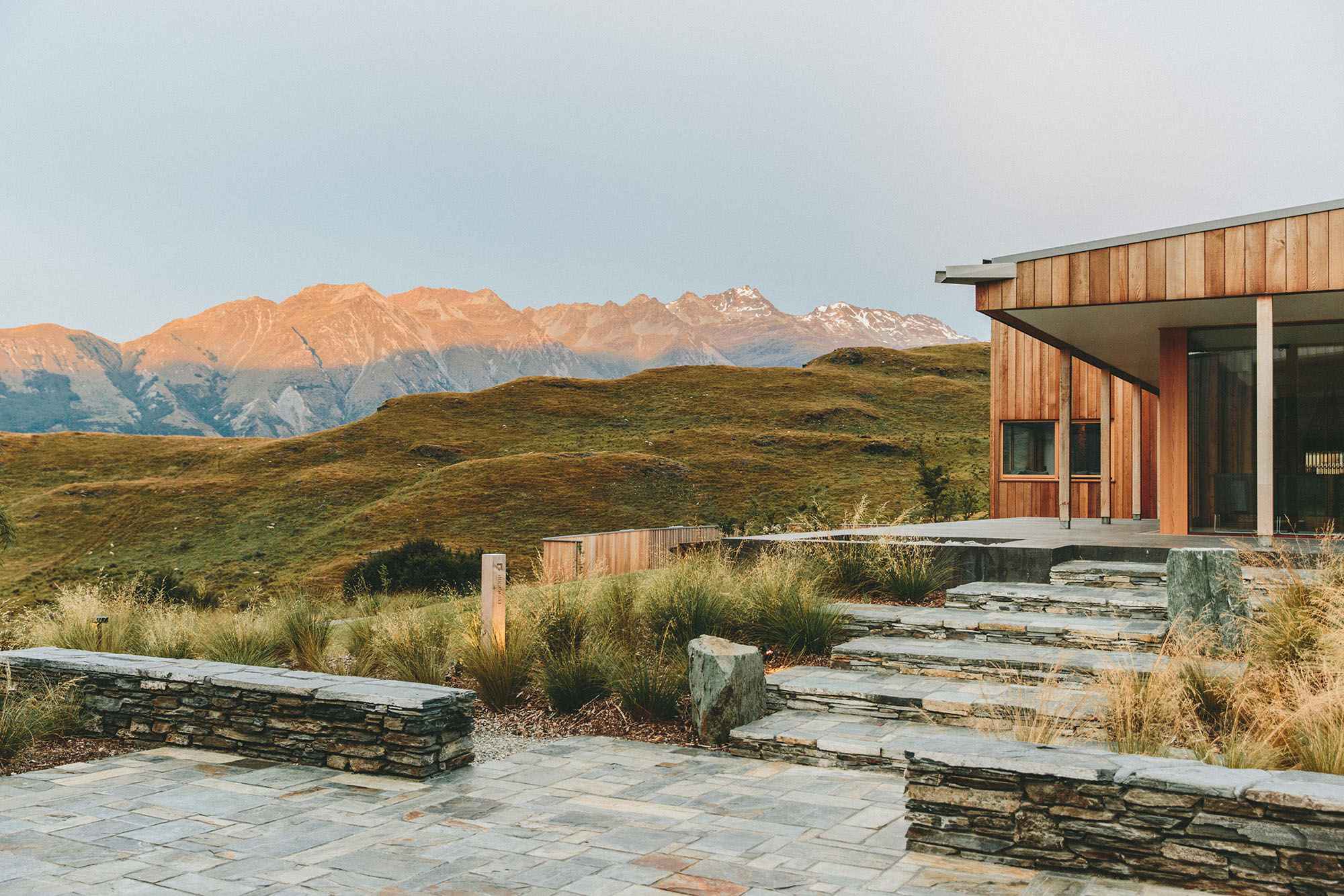
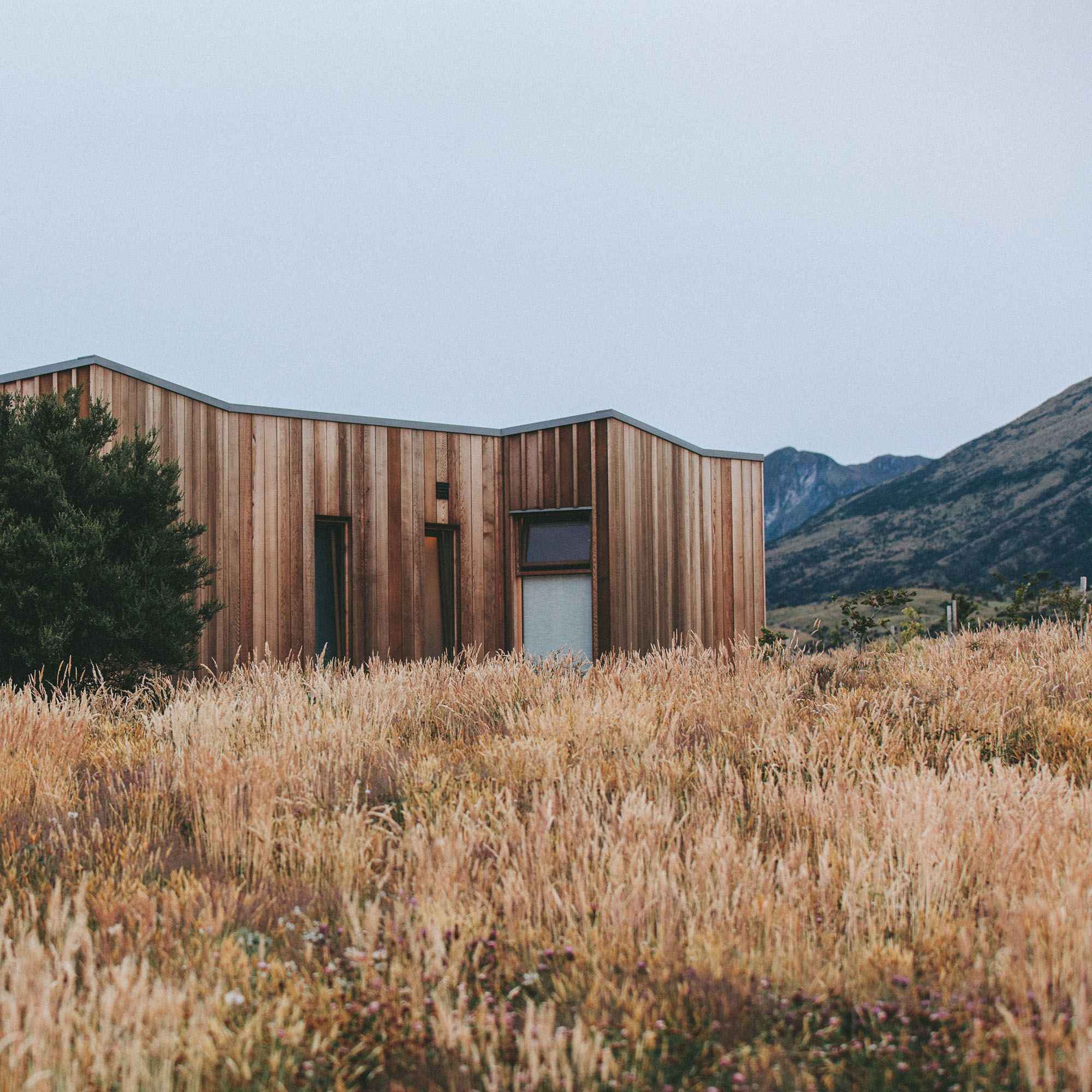
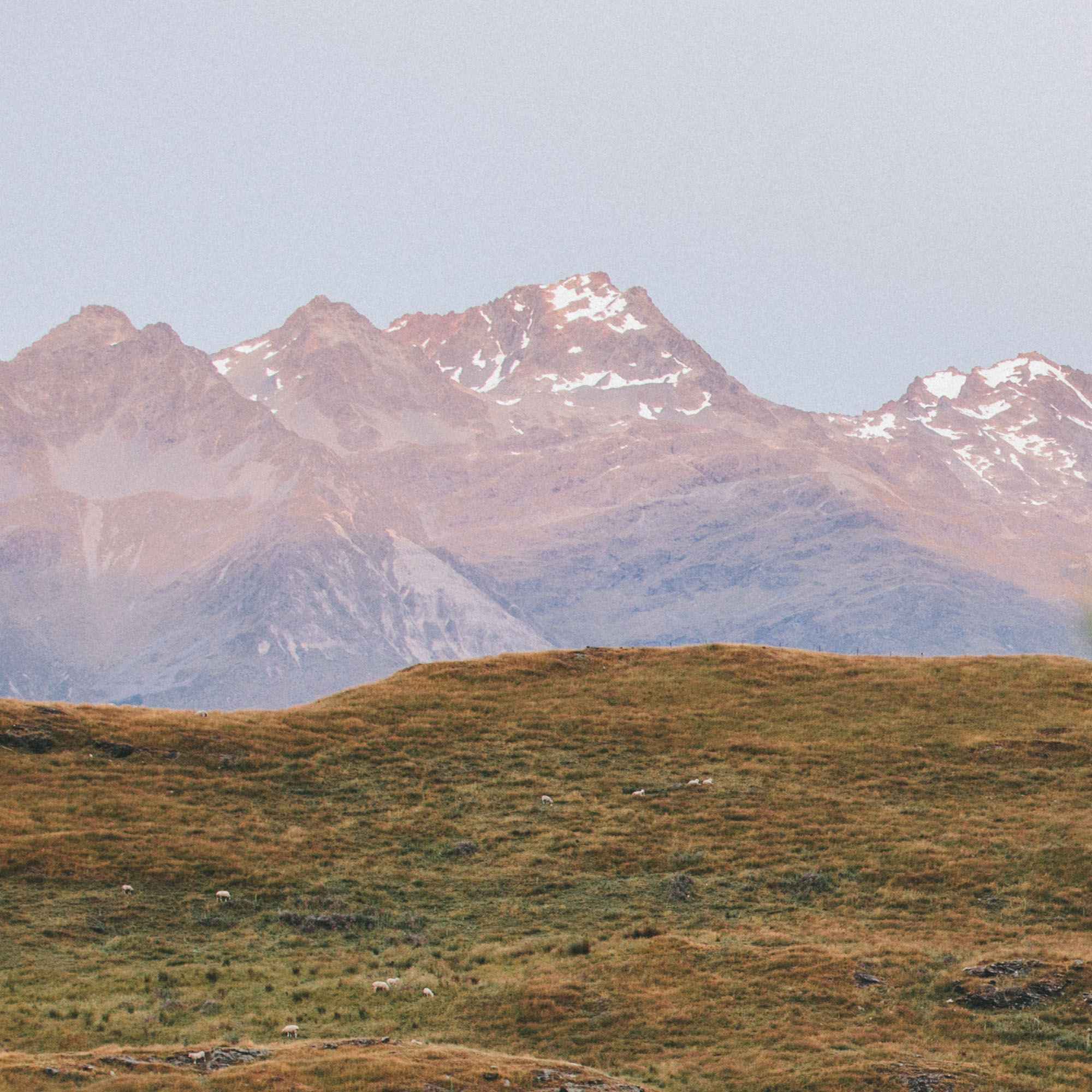
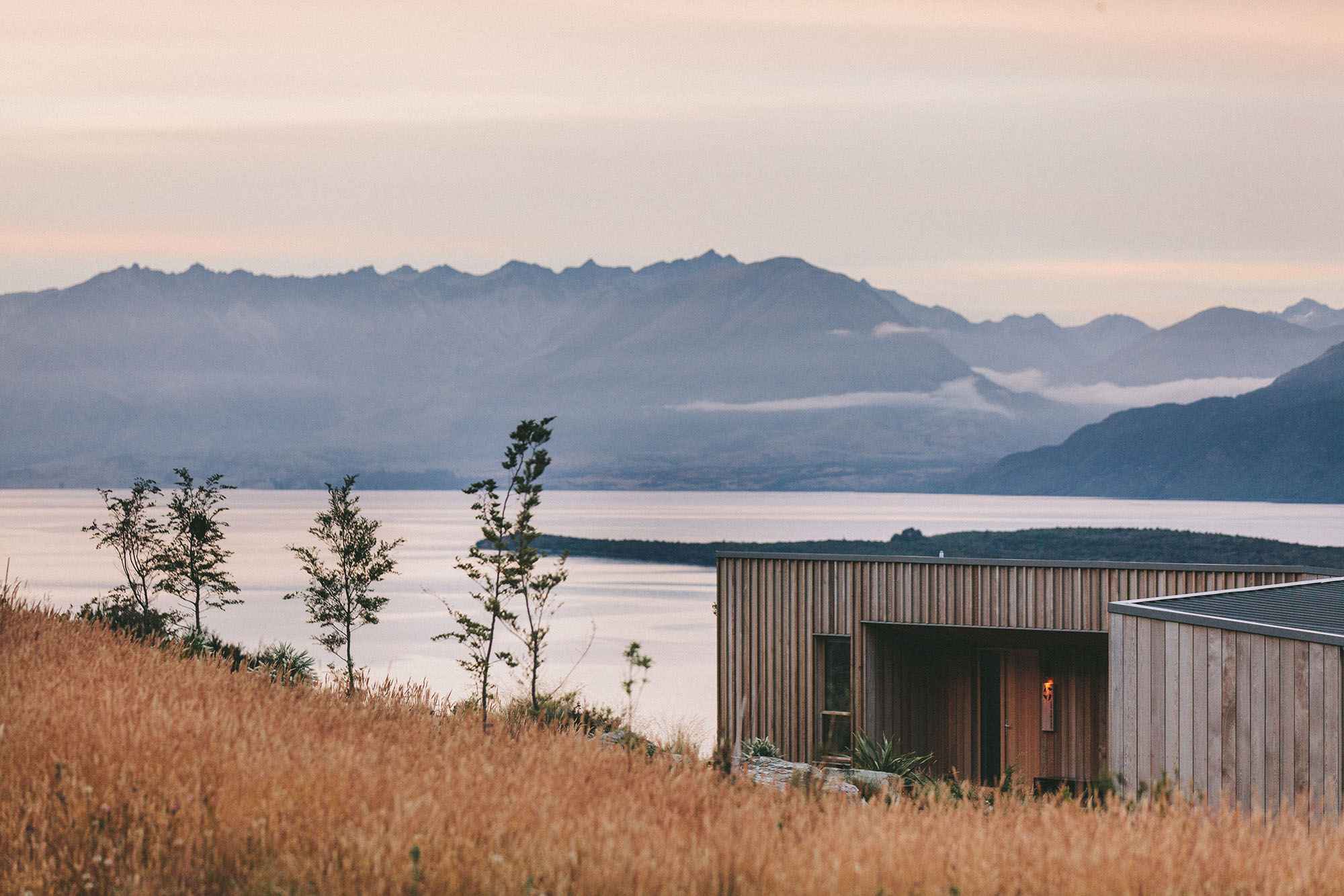


CONTEXT: For this assignment, students use their experience in previous assignments to guide them in identifying meaningful content used to realize a three dimensional work of art. Students work to contextualize abstract ideas within the real world while demonstrating an understanding of contemporary studio art practices. Outcome: Students are given a choice between two projects to complete, depending on their interests and access to space, tools, and materials. [Option 1] Students design, produce, and document an object based on concepts developed by the student. Students begin by developing a research presentation to support their project. Students will be expected to continue development of their third project from this course (OBJECT). [Option 2] Students design, produce, and document a space based on concepts developed by the student. Students begin by developing a research presentation to support their project. Students will be expected to continue development of their fourth project from this course (BODIES).

















